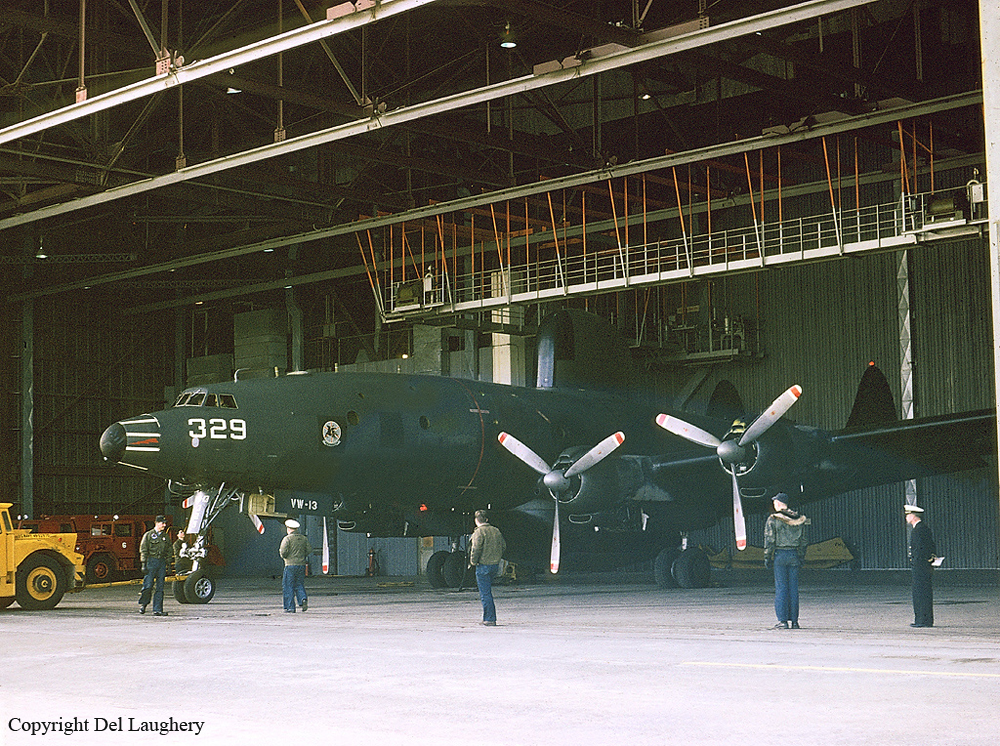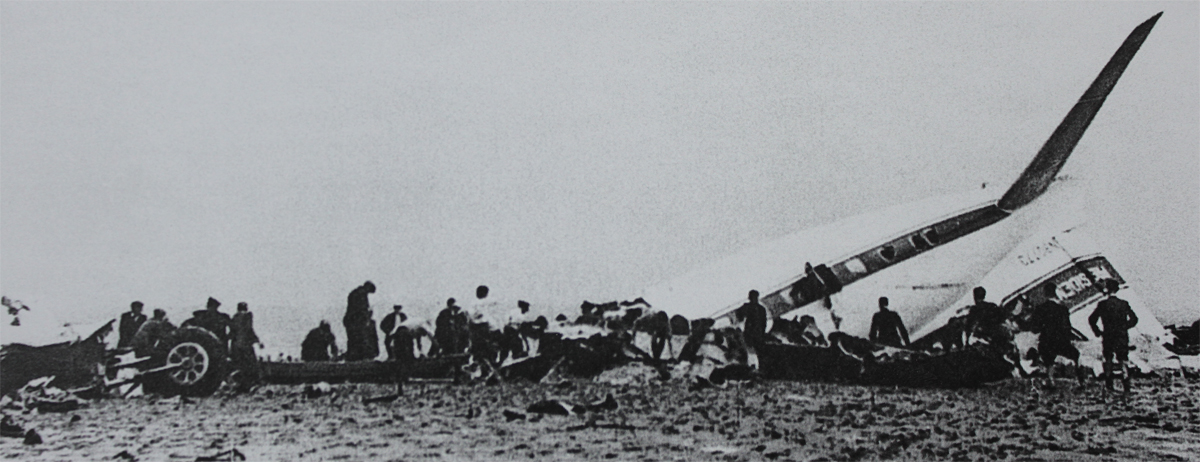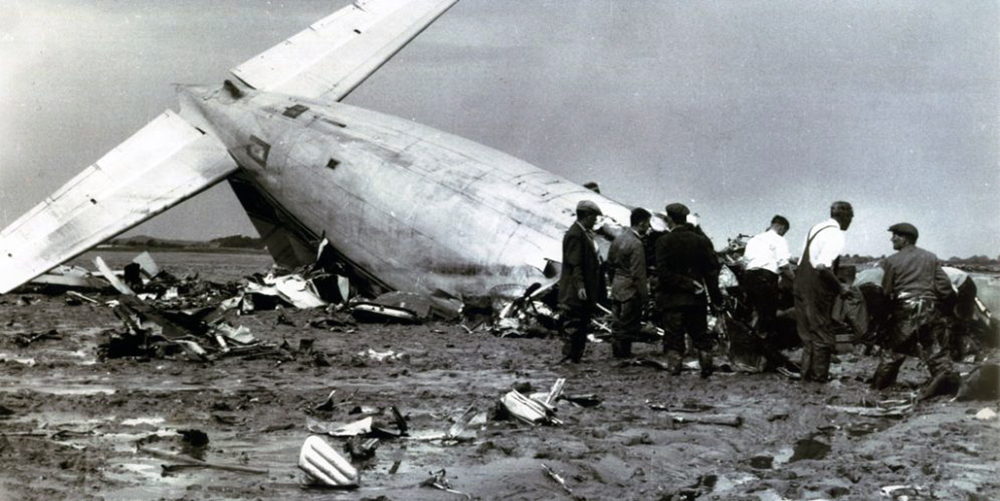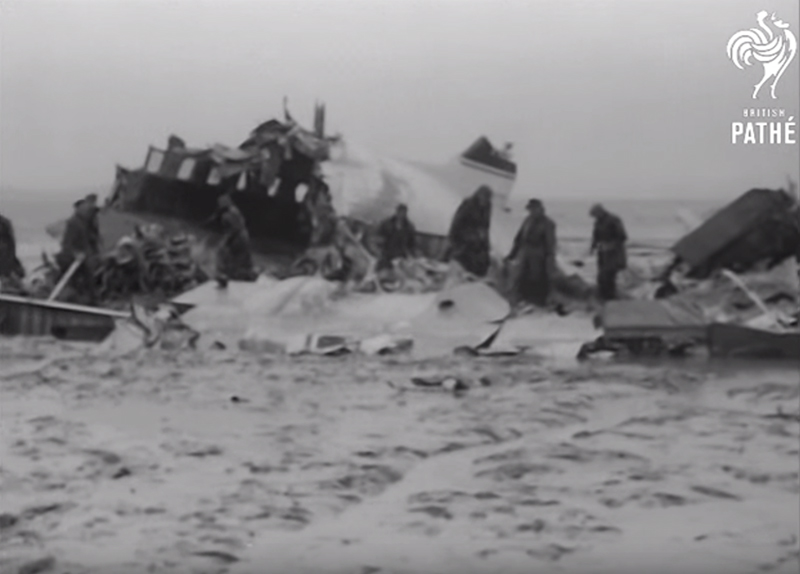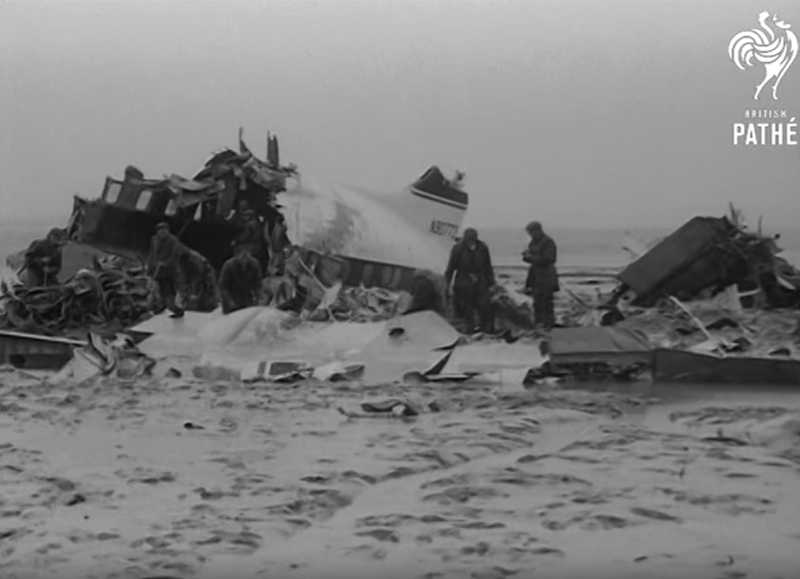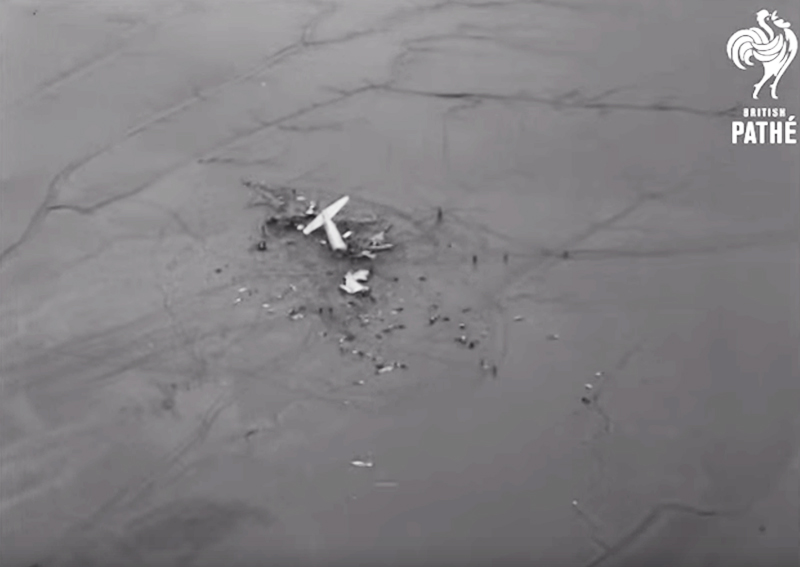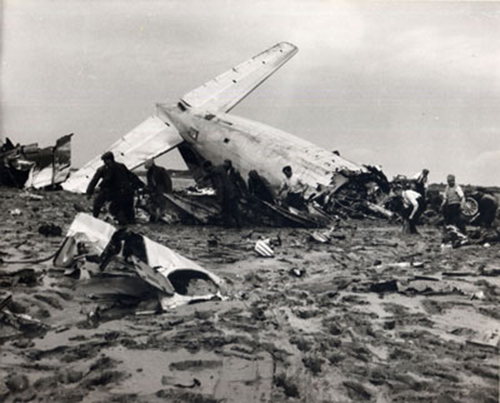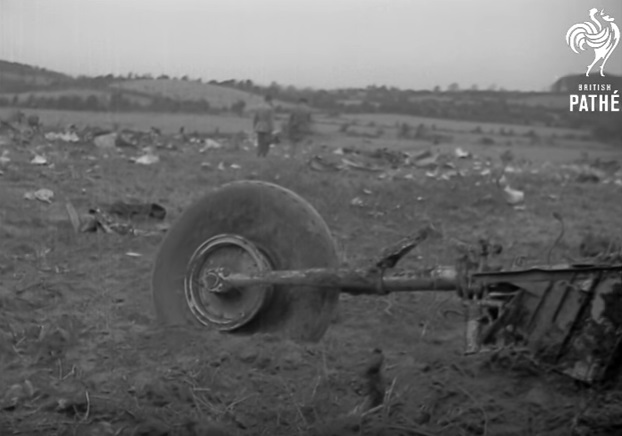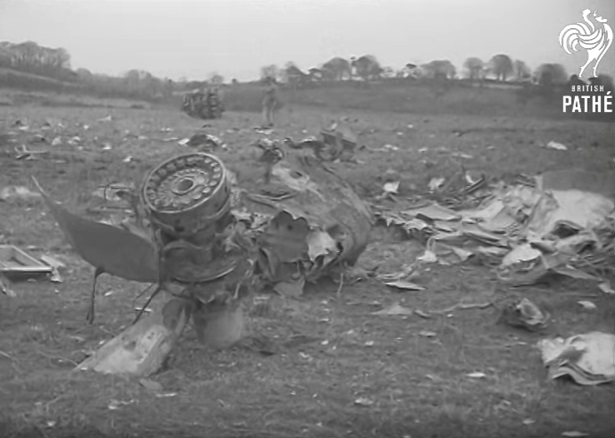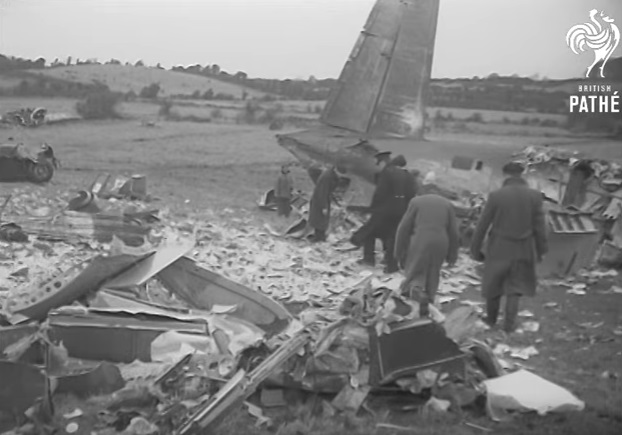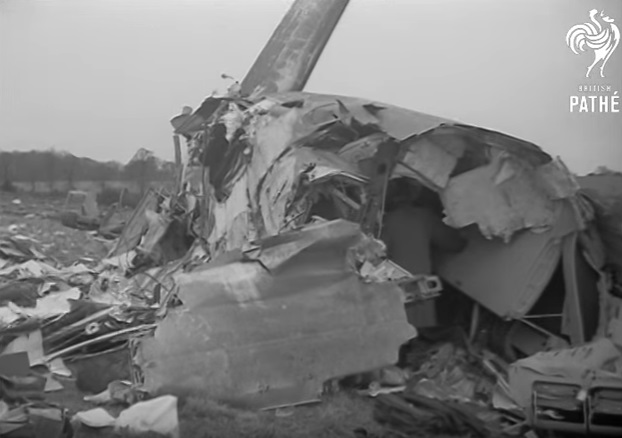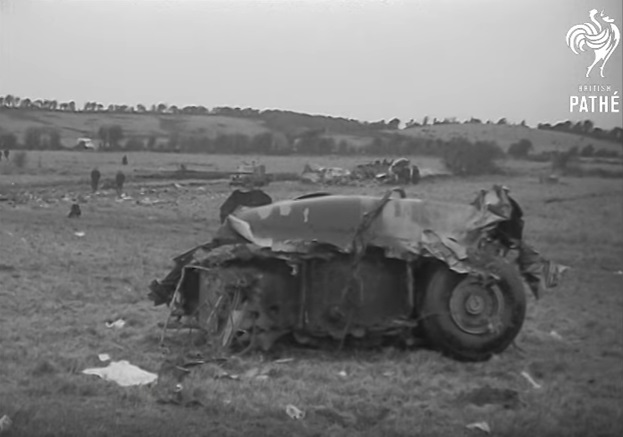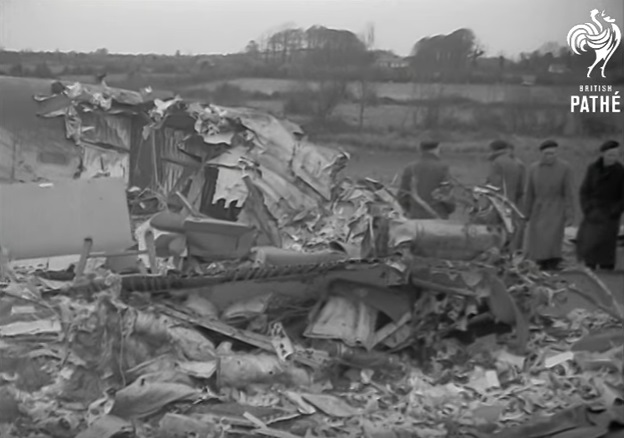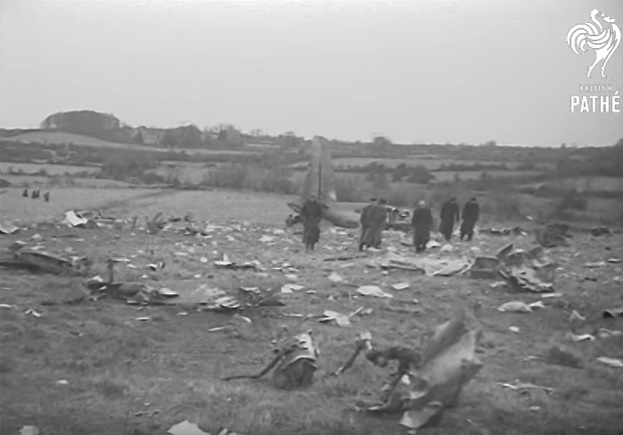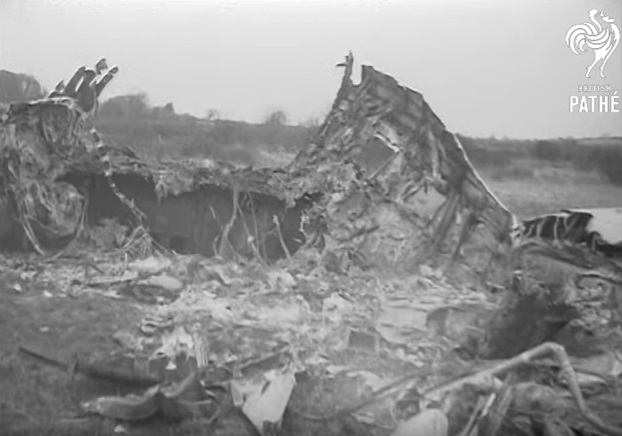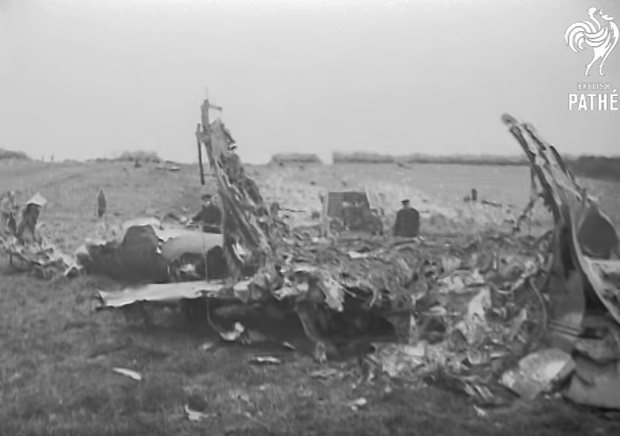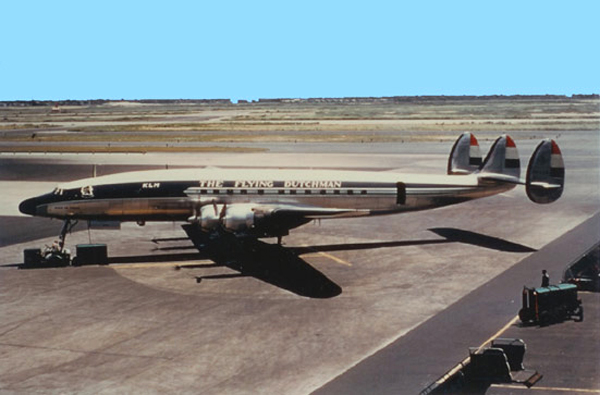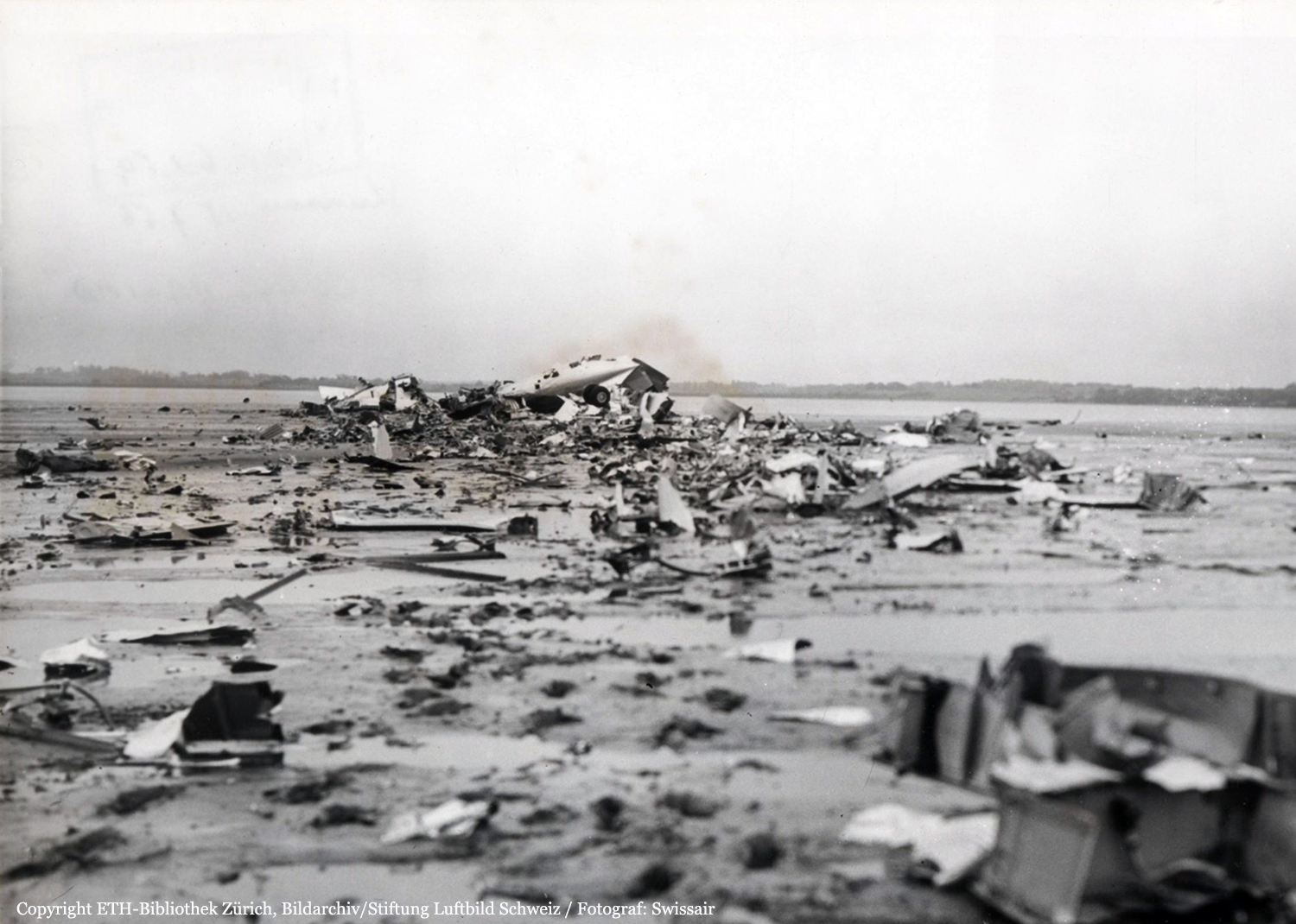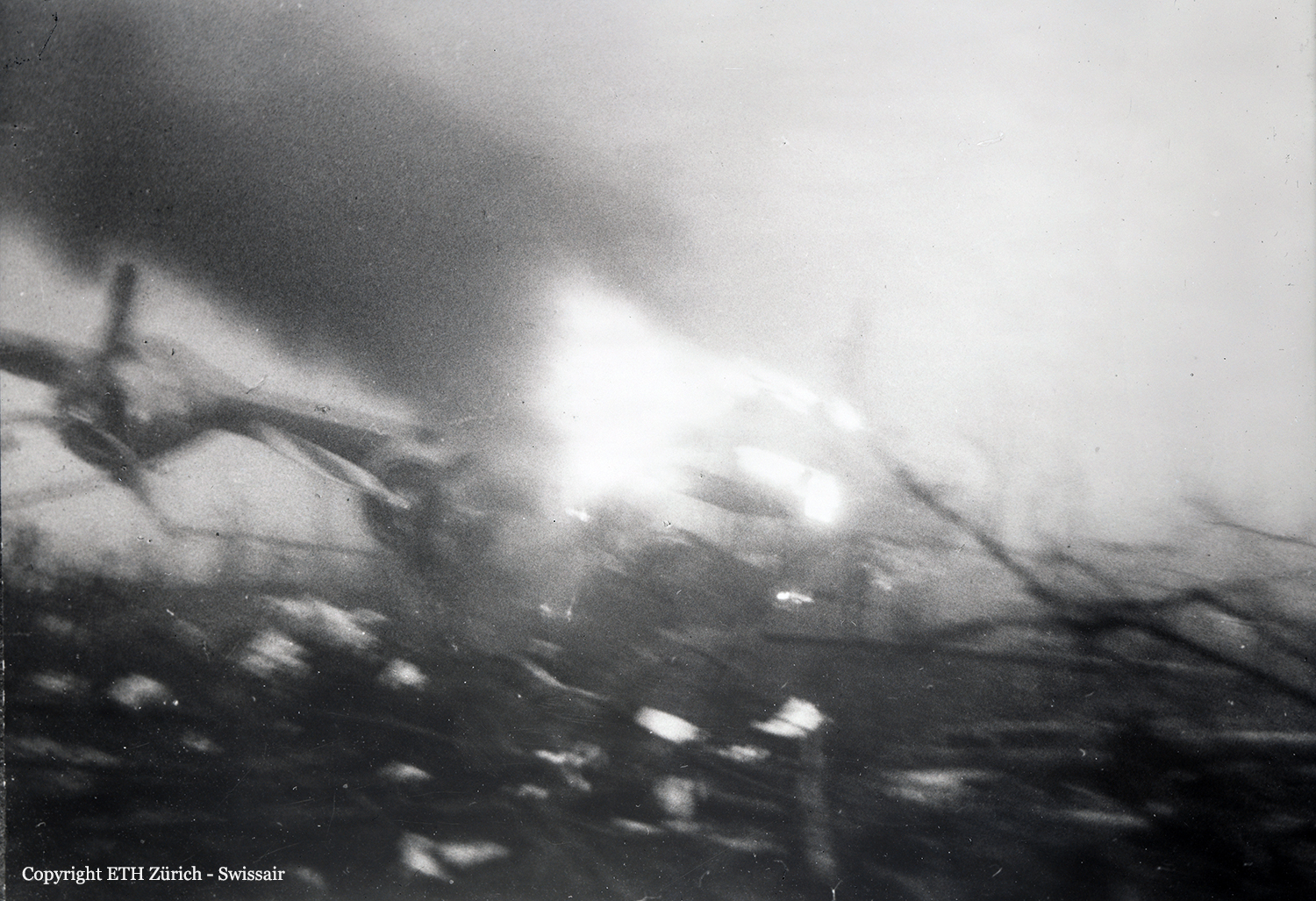Crash of a Lockheed EC-121K Super Constellation in Gander
Date & Time:
Jul 31, 1963
Registration:
141329
Survivors:
Yes
Schedule:
Gander - Gander
MSN:
4453
YOM:
1956
Crew on board:
7
Crew fatalities:
Pax on board:
0
Pax fatalities:
Other fatalities:
Total fatalities:
0
Aircraft flight hours:
8444
Circumstances:
The crew was completing a local training flight consisting of touch and go manoeuvres. After touchdown, the four engine airplane went out of control, veered off runway and came to rest, broken in two and with its left wing sheared off. All seven crew members were evacuated safely.
